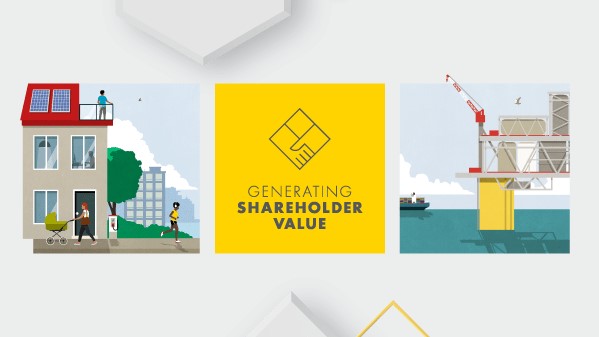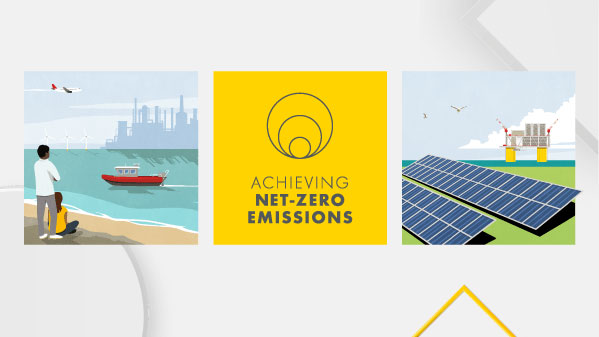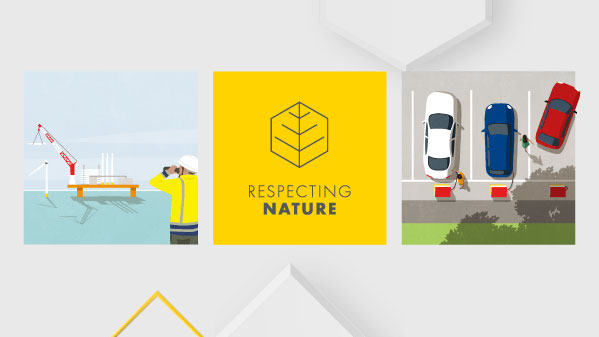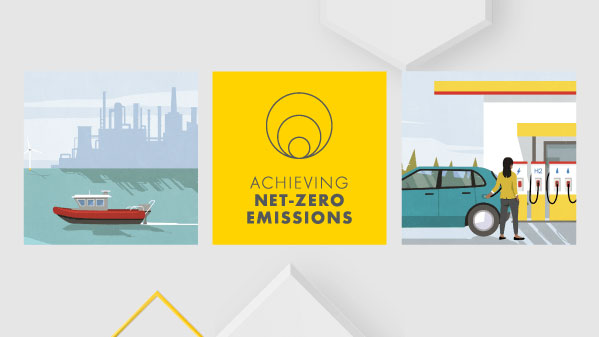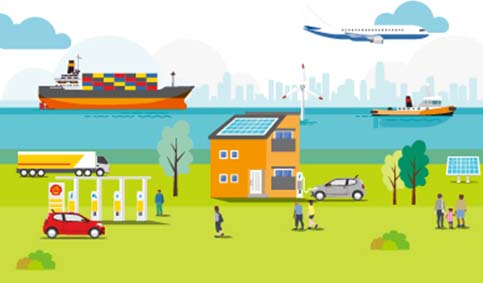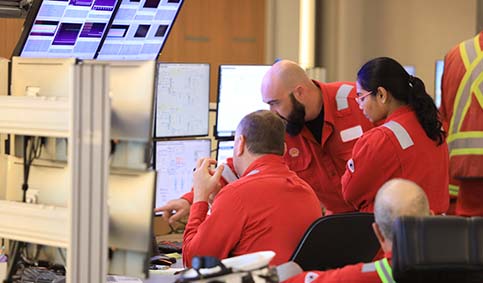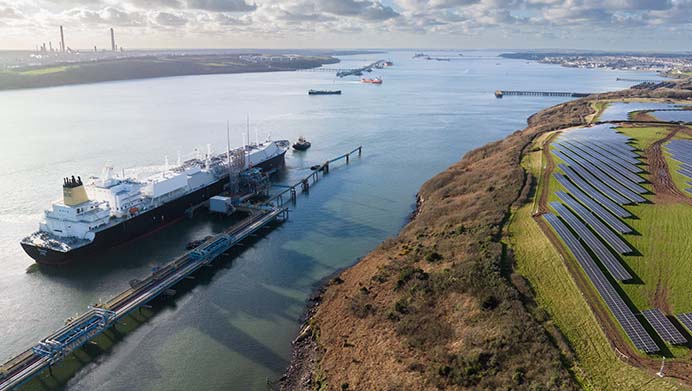In focus Holland Hydrogen I
In 2022, we took the final investment decision to build Holland Hydrogen I in the Netherlands. The 200 megawatt electrolyser is designed to produce up to 80 tonnes of renewable hydrogen per day and is expected to be operational from the mid-2020s.
Holland Hydrogen I will supply the Shell Energy and Chemicals Park Rotterdam, where it is expected to partially decarbonise our production of energy products like petrol, diesel and jet fuel. The plant will be powered by renewable energy from the Hollandse Kust (noord) offshore wind farm (Shell interest 80%).
The Holland Hydrogen I project extends from offshore wind generation to decarbonised hydrogen production and the sale of hydrogen products.
Holland Hydrogen I
In making our decision to invest and in preparing the plant for operation, we took into account many tax considerations. These included how to depreciate the plant for Dutch tax purposes and how to deal with financial provisions for decommissioning the plant at the end of its life. We also considered indirect taxes, such as VAT and import duties, for sales and purchases made in relation to Holland Hydrogen I.
Different Shell legal entities from different jurisdictions are involved in the project, which requires transfer pricing between these entities in compliance with national and international regulations. In addition, some parts of the electrolyser may be eligible for Dutch tax incentives that encourage investment in large-scale renewable hydrogen production. The profits derived from Holland Hydrogen I will be taxed in the Netherlands, based on the relevant Dutch laws.
Under the current EU Energy Taxation Directive, it is not yet clear how new fuels such as hydrogen should be taxed within the EU. This could lead to different levels of taxation in EU member states, potentially impacting revenues, investments and costs for businesses.
The directive is currently being amended to resolve the issue of taxation differences for all fuels, including hydrogen. This is part of the EU's Fit for 55 Package to reduce greenhouse gas emissions by at least 55% by 2030.

